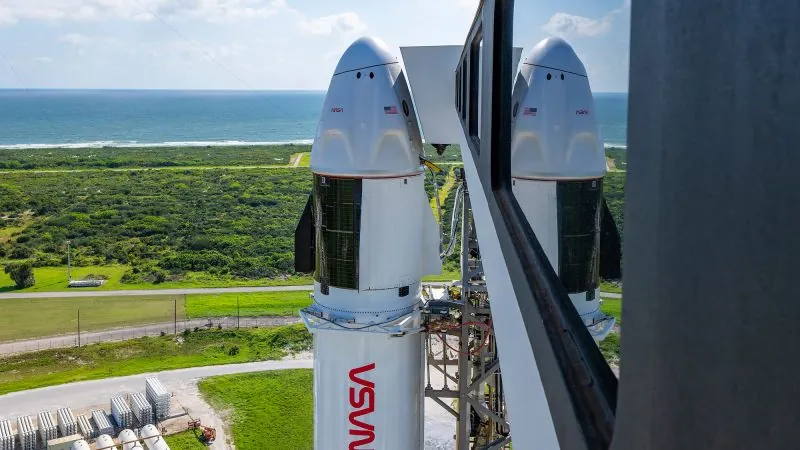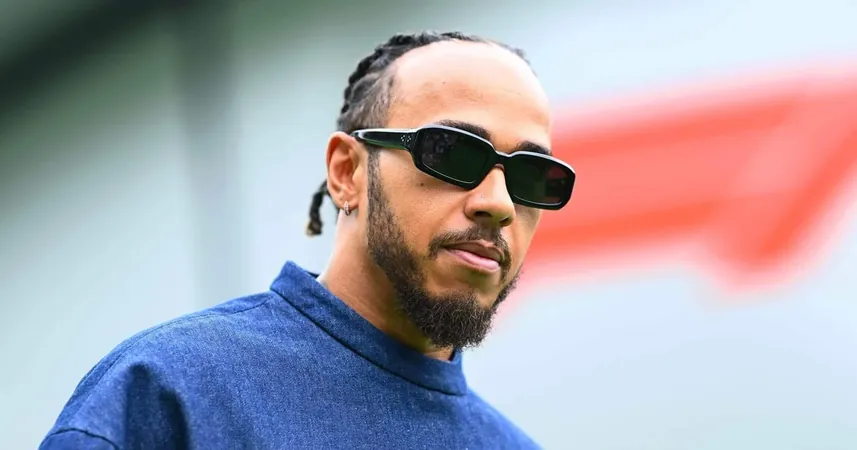
SpaceX's Crew-9 Mission: A Bold Quest to Bring Home Starliner Astronauts
2024-09-28
Introduction
In a groundbreaking mission scheduled for Saturday, SpaceX aims to successfully unite astronauts from the Boeing Starliner with their homeward-bound spacecraft. NASA astronauts Suni Williams and Butch Wilmore have already spent over 100 days at the International Space Station (ISS), extending their stay beyond initial expectations.
Launch Details
The Crew-9 mission is set to launch at 1:17 p.m. ET from Cape Canaveral Space Force Station in Florida, with a live streaming option available on NASA’s official website. Originally slated for Thursday, the launch was postponed due to Hurricane Helene's looming threat over Florida. However, after ensuring safety precautions were in place, the launchpad teams resumed their preparations.
Steve Stich, manager of NASA’s Commercial Crew Program, reported at a press briefing, “We rolled out a little late this morning... but we are vertical at the pad.” In case of weather or technical difficulties, a backup launch window is available at 12:54 p.m. ET on Sunday.
Mission Overview
This mission diverges from typical crew rotations in NASA’s Commercial Crew Program, which has been significantly supported by SpaceX with eight successful launches. Crew-9 will transport only two astronauts: NASA's Nick Hague and Roscosmos' Aleksandr Gorbunov, while seats intended for Williams and Wilmore will remain vacant for their return in 2025. This unusual arrangement came about after NASA deemed returning Williams and Wilmore on the Starliner too risky given the spacecraft's issues with helium leaks and thruster outages.
Spacecraft and Speed
As the launch unfolds, Hague and Gorbunov will be aboard the SpaceX Crew Dragon spacecraft, nicknamed Freedom. The Falcon 9 rocket, powered by nine powerful engines, will usher them into space, eventually achieving speeds surpassing 17,000 miles per hour—an impressive feat that’s equivalent to 22 times the speed of sound.
Docking and Crew Dynamics
Post-launch, the Crew Dragon will separate from the Falcon 9’s second stage and maneuver towards the ISS, with a docking expected around 5:30 p.m. ET on Sunday.
Notably, the mission has not come without heartache. Williams and Wilmore observed the return of their Boeing-built Starliner on September 6 without them aboard. The transition from a test to a full-time crew role at the ISS has allowed them to integrate more fully into station life. Williams has even stepped into the commander role, maintaining productivity on board.
Crew Changes and International Collaboration
The reshuffling of the Crew-9 team was a difficult decision for NASA, resulting in the replacement of astronaut Stephanie Wilson and Zena Cardman, the latter set to command the mission. Cardman expressed the bittersweet nature of the change, stating that while it was a disappointment, it was also part of a greater commitment to the mission. Gorbunov's inclusion, secured through a ride-sharing agreement, highlighted the international cooperation inherent in space exploration.
Conclusion
As the world looks onward to this mission, the reliance on technological advancements and international partnerships becomes increasingly vital. With SpaceX being the sole operator for NASA's Commercial Crew Program, it faces immense expectations as it continues to play a critical role in astronauts' journeys to and from the ISS.
Stay tuned as this mission unfolds, not just for the remarkable scientific achievements it promises, but for the captivating human stories that come with venturing into the great unknown!



 Brasil (PT)
Brasil (PT)
 Canada (EN)
Canada (EN)
 Chile (ES)
Chile (ES)
 España (ES)
España (ES)
 France (FR)
France (FR)
 Hong Kong (EN)
Hong Kong (EN)
 Italia (IT)
Italia (IT)
 日本 (JA)
日本 (JA)
 Magyarország (HU)
Magyarország (HU)
 Norge (NO)
Norge (NO)
 Polska (PL)
Polska (PL)
 Schweiz (DE)
Schweiz (DE)
 Singapore (EN)
Singapore (EN)
 Sverige (SV)
Sverige (SV)
 Suomi (FI)
Suomi (FI)
 Türkiye (TR)
Türkiye (TR)